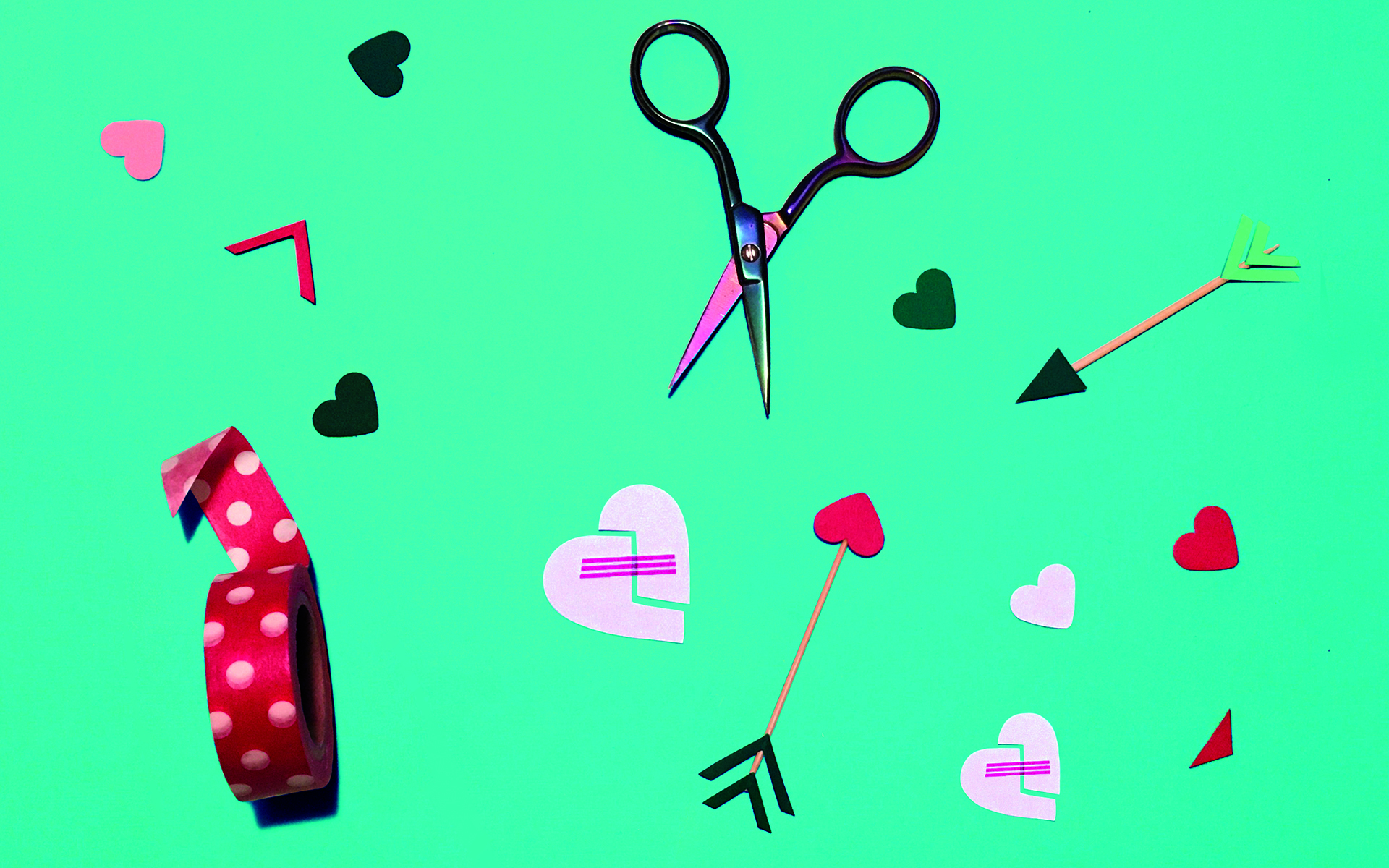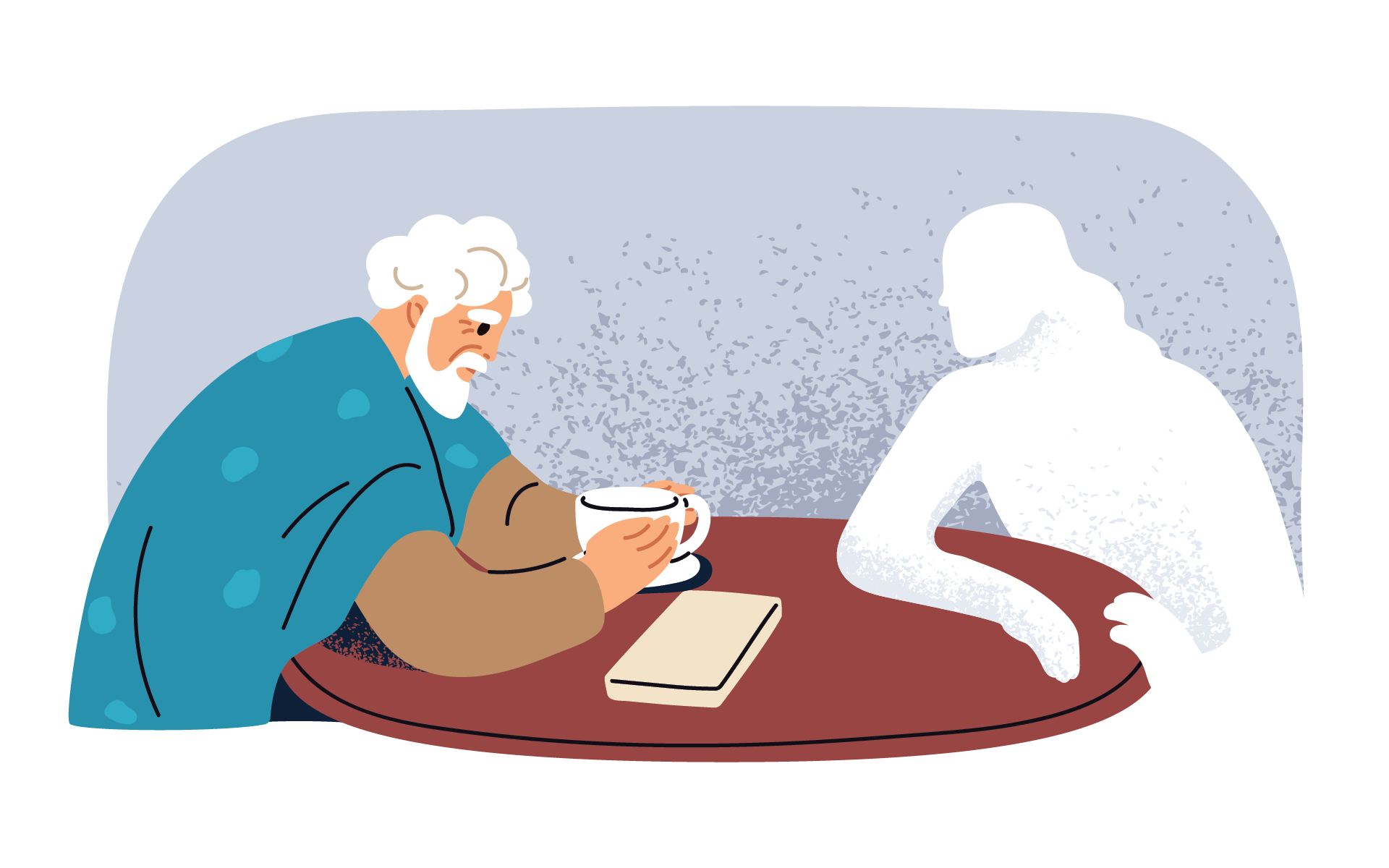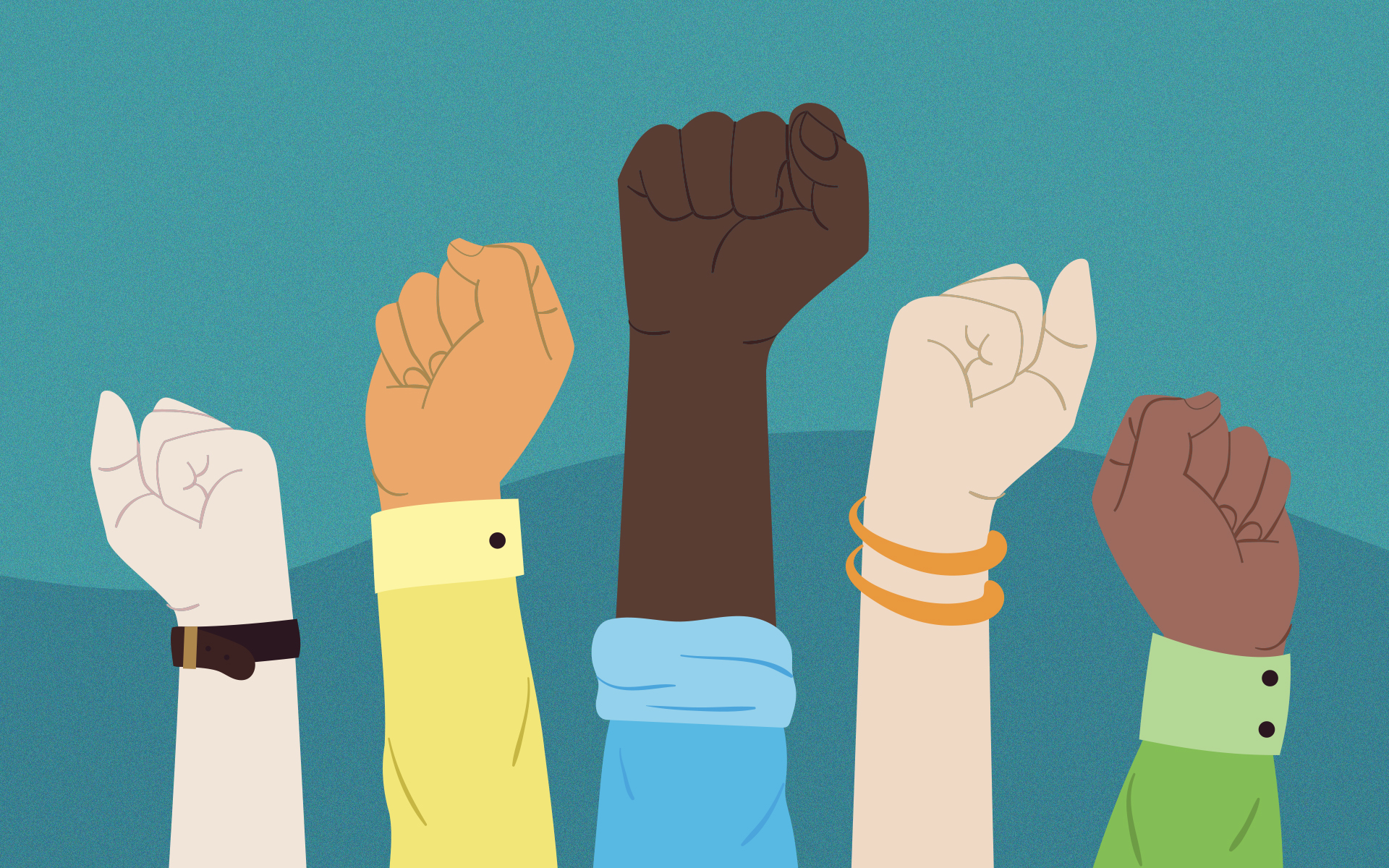One of the words most bandied about during challenges, even before these upside-down pandemic times, is resilience. We hear a lot about our collective need for strength, or our individual cultivation of effort in the face of adversity. Notable books have connoted resilience with Grit, or climbing The Second Mountain, or Bouncing Back. The Oxford English Dictionary defines resilience as “the capacity to recover quickly from difficulties; toughness.” Alternatively, Merriam Webster likens resilience to a form of rubbery elasticity, or the ability “to adjust easily to misfortune.” The takeaway being that to survive crisis, we must quickly and easily adopt the quality of sand that gets in your teeth—or, like rubber, we must reflect a type of unchanging, indestructible goo. Even social scientists, who take a nuanced view of resilience as “a stable trajectory of healthy functioning after a highly adverse event,” require levels of stability and health that are difficult to maintain for even the most seasoned mindfulness practitioners.
Who we were before cannot be resurrected; grief and trauma aren’t about stretching and then regaining our original shape, they are about being reformed into what some grief experts call the dynamic shift from Life One to Life Two.
Cultivating resilience during times of adversity is exhausting. Many people feel weak when faced with a crisis and it is dissonant to suggest they be physically or mentally tough. As an end of life doula, I regularly see this response. A hospice patient, a woman of deep spiritual grounding, with years of contemplative practice, recently said to me, “I’m not tough. I am scared. I am tired. I am so ordinary.” To suggest that she develop resilience feels out of sync with her reality. In my experience, if a concept doesn’t provide comfort in death, it is ill formed to support us in life. This means resilience, despite its popularity and positive intent, does not necessarily encourage effective coping.
Bouncing Back from Grief
Another challenge with resilience is the implication of elasticity. As anyone who has faced profound loss or suffering can attest, a person cannot take the same shape afterward as they had before. “Bouncing back” suggests that it is possible to go back to a prior pre-crisis life, that the past is inherently more desirable than the present. It may feel true in a time of suffering that yesterday was better than today, but functionally there is only this moment. Looking constantly backward leads to the belief that an imaginary past self is required to survive a crisis. This is false. Who we were before cannot be resurrected; grief and trauma aren’t about stretching and then regaining our original shape. They are about being reformed into what some grief experts call the dynamic shift from Life One to Life Two.
How Imagination Helps
What then should we make of this obsession with resilience as a way to survive through suffering? What if instead of resilience, there was an alternative, one that allowed for the mysterious potentiality of an unwritten future?
What if we met hardship not with resilience but with imagination? Imagination is about curiosity, openness, and adaptability. It encourages us to perceive the darkest moments of struggle as neither fixed, nor inflexible, but subject to change. Imagination is about expansive potential.
The familiar phrase “not in my wildest imagination” conjures up worst-case scenarios and magical thinking, but that is not the only type of imagination you can call on. Alternatively, there is the pragmatic imagination required to address adversity. Researchers from the University of Colorado and the Icahn School of Medicine at Mt Sinai studied people’s brains after asking them to imagine ways to adapt to various types of threats. They concluded that imagination “reduces neural and physiological conditioned threat responses,” particularly by stimulating the pre-frontal cortex, the part of our brain that oversees decision making, logic, and executive function. One example of this is extinction theory, an imagination practice in behavioral psychology where a person reimagines an event from the past to neutralize its negative effects. But imagination is not just for working with past trauma. Instead it is a form of cognitive flexibility that we can practice both in non-crisis situations as well as in the middle of life’s most challenging moments.
Start With What Matters Most
How do we ignite the power of imagination in times of suffering? First, we must start by understanding our priorities. Begin by asking: What matters most to me right now? What must I hold on to or protect? From there, it is a matter of operationalizing our priorities into manageable, reasonable next steps. What is possible in this moment? Possible is different than desirable; it is not tied to outcomes but to one’s inner ability to choose. What choices do I have right now? How do my choices tie to what matters most? Sounds simple, but from the depths of suffering even the smallest choices feel monumental.
I remember after the sudden death of my sister when I was in my 20s, lying in bed paralyzed by grief. Deep within I prioritized finding meaning and making it through the experience intact, but more broadly I couldn’t imagine where my life would go, how I could live without my best friend.
During even the darkest times there are surprising glimmers of light that one can use to ignite imagination and ease the overwhelming grief. The momentary glimmers are proof points for imagination, reminders that there is something other than the pain.
So, I started imagining small things; putting on my shoes, going to class, taking a walk by the lake. Gradually, I pictured more expansive parts of my life—getting an internship, applying for a job, finding ways to give back. These things helped me focus and I held on to them. It wasn’t a heroically resilient process. I had very little rubbery strength. It was tiny moments of imagination that slowly helped me fill in the shape of Life Two.
Ignite Your Imagination
While we can’t imagine suffering away, we can imagine space within suffering for other occurrences—laughter, connection, compassion. Many recently bereaved families describe unexpectedly meaningful conversations with perfect strangers, or feelings of gratitude at an outpouring of support from a friend, or momentary peace when a ray of sunshine hit their face. During even the darkest times there are surprising glimmers of light that one can use to ignite imagination and ease the overwhelming grief. The momentary glimmers are proof points for imagination, reminders that there is something other than the pain.
One of the most powerful ways we utilize imagination is through choice. Pain can create a tunnel vision that limits our ability to see a wider picture. Imagining there are choices can help us cope. Imagining choices is different than positive thinking. Positivity assumes outcomes, it often relies on a belief that “things will all work out.” But there is no guarantee of a positive outcome in every situation—as bereaved people well know. Imagination suggests that even in hopeless situations we have a choice to show kindness, to accept help, to experience more than just one way of being. For example, dying people commonly feel pain and fear; asking them to imagine something meaningful offers the possibility to feel something alongside the pain, even if only for a moment. Imagination applies equally to end of life as to everyday life.
People try to survive trauma and suffering with strength, grit, or resilience all the time—by hardening. But the point of a mindfulness practice is not merely hardened survival. There is space between the suffering where mystery lives, where we can soften and be curious, where the uncertainty isn’t one of dread, but of wide vistas and joyous laughter. If we cannot accept suffering, we cannot free ourselves from the fear of it, and we cannot find the spacious repose without imagination. That’s the mystery.
A Mindfulness Practice to Help Face Crisis and Trauma
Try this imagination exercise as a structured process for facing crisis and trauma.
- Using a breath or a mantra, acknowledge “Who I was before this time of suffering cannot be resurrected.”
- Choose an aspirational word, something you would like to experience in the midst of this hardship—peace, growth, connection, surprise, reconciliation.
- Using your aspirational word as an anchor, imagine what it would feel like, for example to be at peace. Do not look far into the future but consider where you might choose peace in this moment.
- Sometimes in acute crisis imagination feels impossible. But it is a pragmatic skill that develops with practice. The simple act of imagining moves us from the bleak stuckness of suffering into the unwritten potential of the future.
READ MORE
How to Mend a Broken Heart
When love falls apart, embracing your life as it is—agony, misfortune, and all—can help you heal. Try this three-step mindfulness practice to help you find stability and a little bit of ease.
Read More
Healing Our Pain with Loving-Kindness
A meditation to soothe your inner critic and care for yourself.
Read More
A Gentle Practice for Opening Up to Painful Emotions
Taking a moment to pause can enable us to move in the direction of suffering, to work, and to alleviate it, with wisdom and compassion.
Read More










